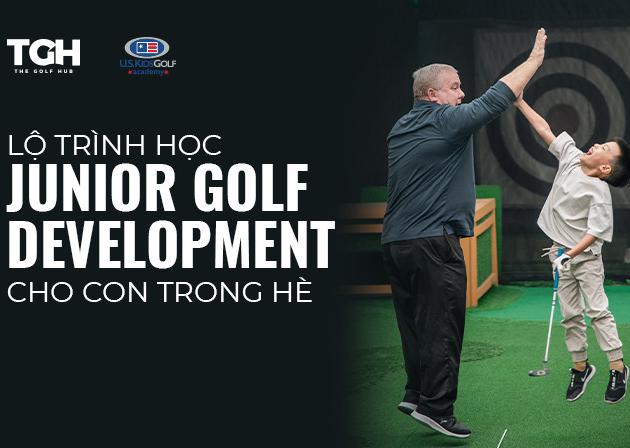UTILIZING WRISTS IN YOUR GOLF SWING
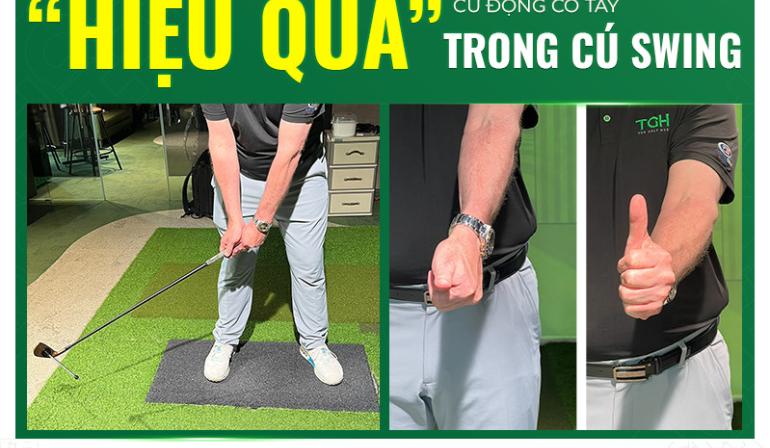
25
06
1. WRIST ROTATION
Wrist rotation is the first one and relates more to the arms namely forearms. There is certainly a degree of wrist rotation albeit small. Commonly I will see a golfer rotate forearms into backswing causing swing plane and path issues. Club is easily opened then returned open at impact unless we are able to rotate in opposite direction to square or close clubface. We commonly refer to this as a hand release swing.
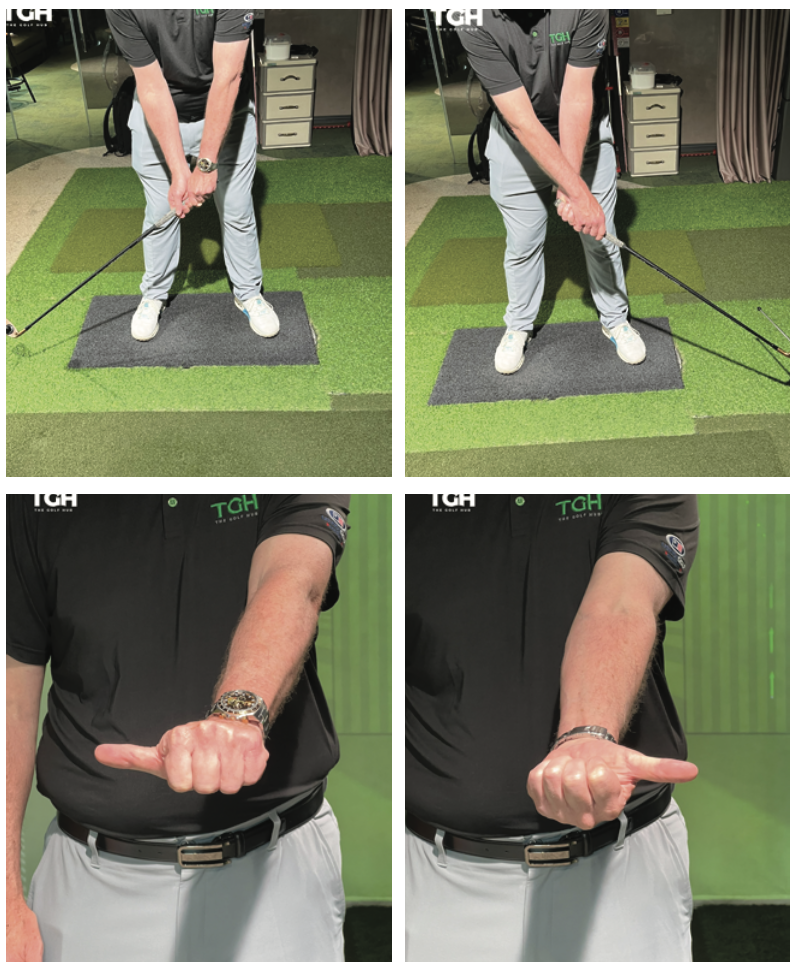
2. EXTENSION AND FLEXION OF THE WRIST
Extension and flexion of the wrist is normally referred to as cupping and bowing in golf and we have other names for it depending on position in the swing. These movements of the wrist cause opening and closing of the clubface and also lead to poor delivery at impact.
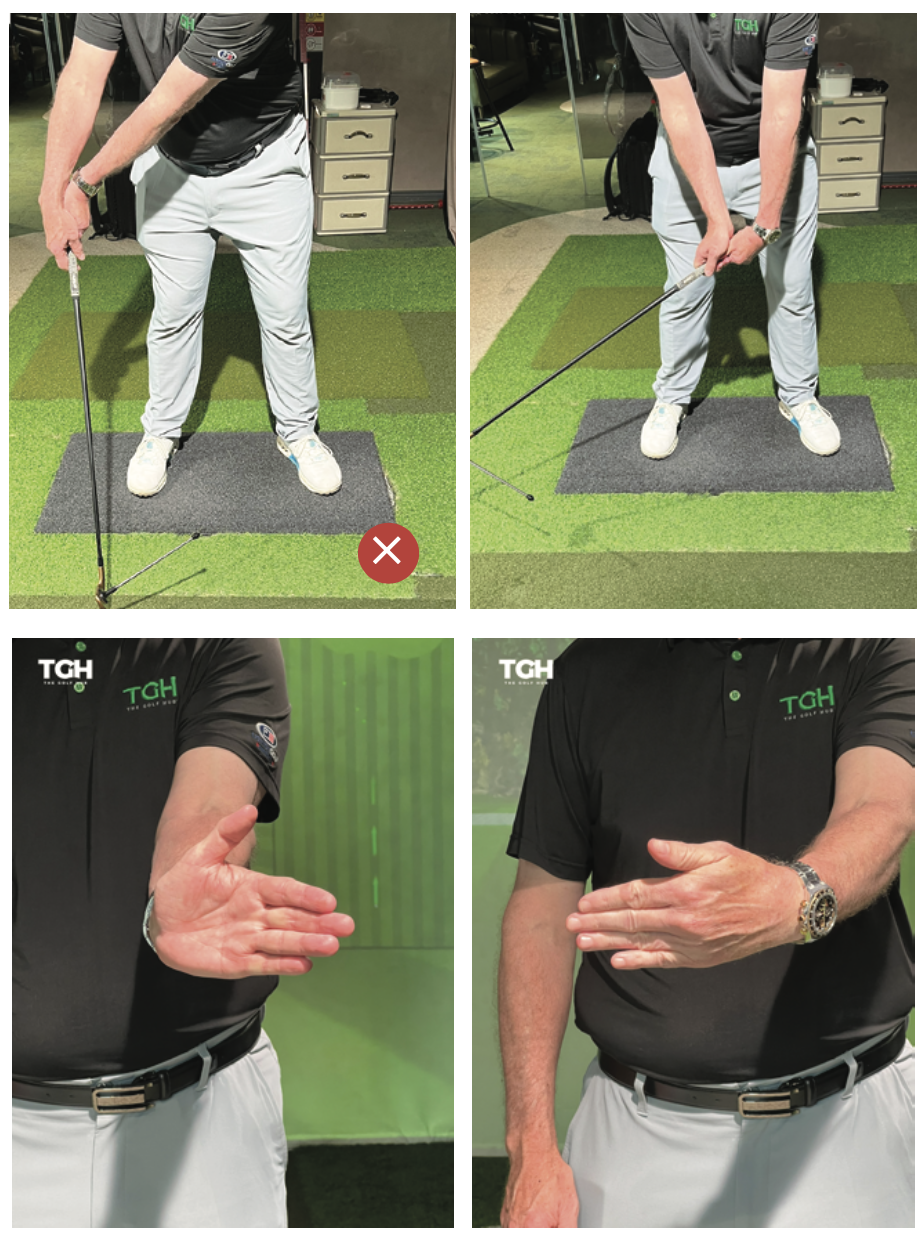
3. DEVIATION OF THE WRIST
Deviation of the wrist is referred to as wrist cocking. During our backswing we require this to set the club more squarely and attain angles between forearm and club shaft to develop power. The wrist will appear to move up and down quite similar to the way we use a hammer.
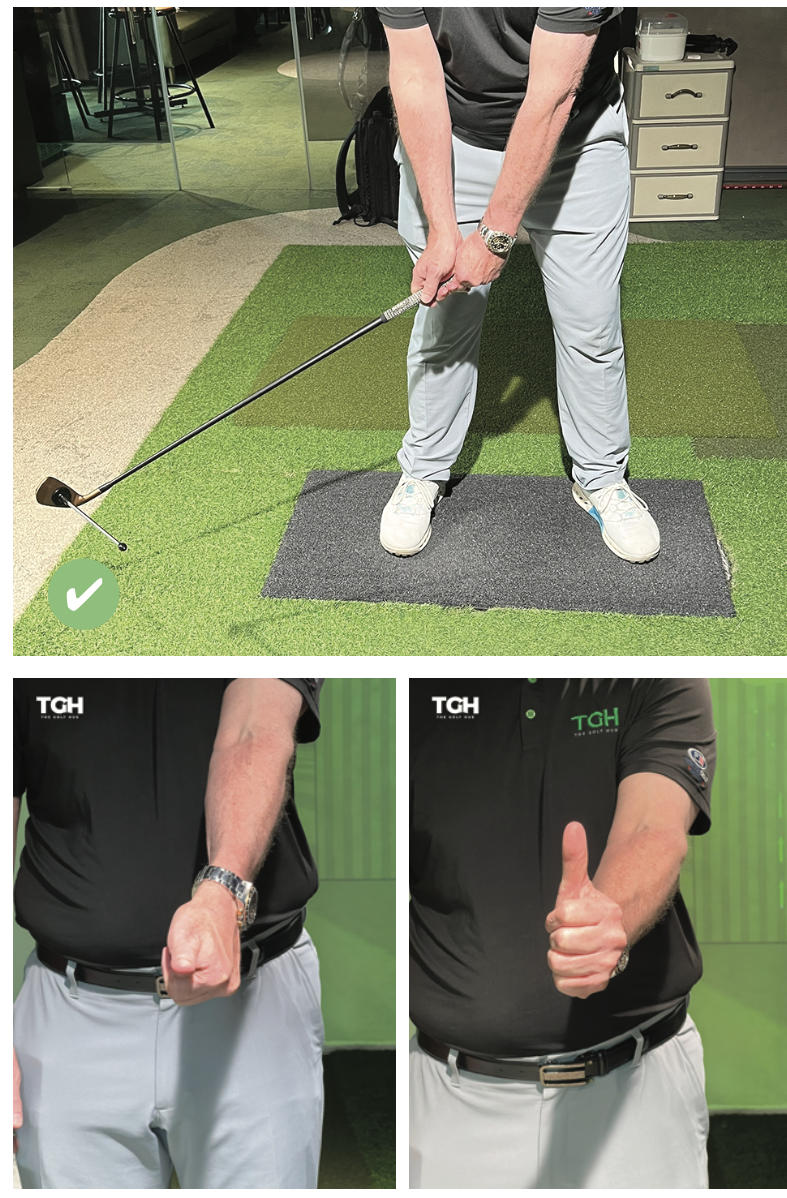
In the end many PGA Tour players and regular golfers use their wrists differently into backswing and even into the downswing. The fact is we are trying to achieve the most stable, square and strongest position possible at the point of impact with our hands. It is important in the downswing that the lead hand can move into a bowed position to maintain squareness of club and strength of loft.
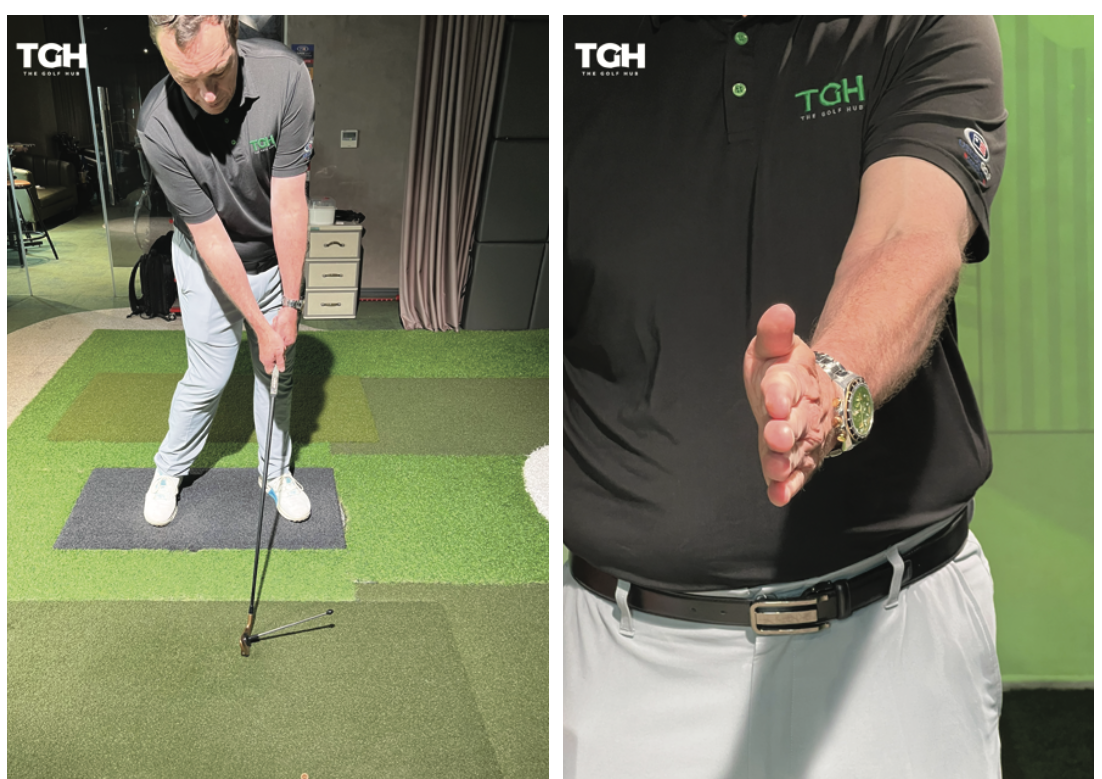
If you are experiencing inconsistencies with your swing take a look at address, top of swing and impact to determine your wrist positions. Try experimenting to see the effect these wrist positions have on you in your swing. Furter help required see your PGA Professional.
Source: PGA Mark Chambers at TGH Ly Thuong Kiet, Hoan Kiem, Hanoi
Previous news
Comrade GOLFER, GET UP!





